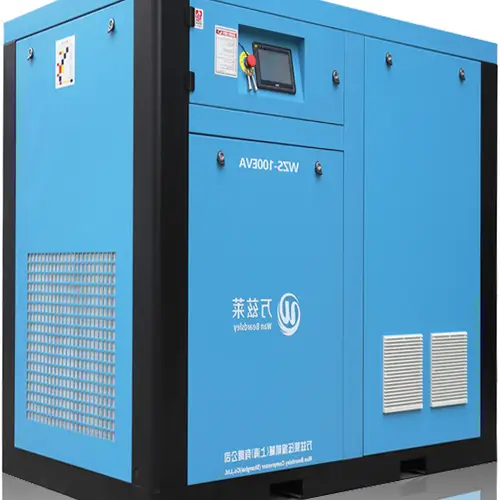
China Gas Powered Inverter Rotary Screw Air Compressor for Welding
This high-quality 100HP 75KW Gas Powered Inverter CHINAMFG Rotary Screw Air Compressor is specially designed for welding applications. With its advanced features and reliable performance, it ensures a smooth and efficient operation.
Technical Specifications:
| Model | WZS-100EVA |
| Air Flow/Working pressure | 13.2m3/min @ 8bar |
| 11.6m3/min @ 10bar | |
| Cooling type of COMPRESSOR | Air cooling |
| Cooling type of MOTOR | Oil cooling |
| Driven method | Integrated connection |
| Start way | Soft VSD Start |
| VSD inverter | INOVANCE / HOLIP / VEICHI |
| Exhaust Temp. | ambient temp. +8 degrees |
| Oil content | <2ppm |
| Noise | 70±2 dB(A) |
| Power | 380VAC/3ph/0~200Hz |
| Motor power | 75kW/100hp |
| Dimension | 2150*1100*1500mm |
| Weight | 1650kg |
For more information on this gas-powered inverter rotary screw air compressor, please click the button below:
Ever-Power Group, a leading supplier of various industrial products, offers a wide range of products that cater to different industrial needs. Our product range includes agricultural gearboxes, power output shafts, sprockets, fluid couplings, worm gear reducers, gears and racks, roller chains, pulleys and pulleys, planetary gearboxes, timing pulleys, bushings, and more. We are committed to providing high-quality products, competitive prices, and excellent customer service. We also offer customization options for drawings and samples to meet specific requirements.
Frequently Asked Questions:
1. What are the cooling types of the compressor and motor?
The compressor is air-cooled, while the motor is oil-cooled.
2. What is the start method of this air compressor?
This air compressor features a soft VSD start.
3. Can the exhaust temperature be controlled?
The exhaust temperature is controlled to ambient temperature +8 degrees.
4. Is the noise level within acceptable limits?
Yes, this air compressor operates at a noise level of 70±2 dB(A).
5. What is the power requirement for this air compressor?
This air compressor requires 380VAC/3ph/0~200Hz power supply.
Note: All content on this page is sourced from the internet and is provided for reference purposes only. Our products are replacement parts and not original spare parts. We do not hold the original trademark and recommend contacting the original factory or supplier for purchasing original spare parts.
All the content of this page is from the Internet. The content is only for reference for product selection. Our products are replacement parts and not original spare parts. We are not the holder of the original trademarks of the content. Our products are only suitable for after-sales replacement parts and not original spare parts. Our replacement parts can be perfectly adapted to the original spare parts. If you need to buy original spare parts, please contact the original factory to buy. If you want to buy original spare parts, please contact the original supplier for purchase.
Performance Characteristics of Gas Powered Air Compressor
A gas powered air compressor has several performance characteristics that make it highly desirable:
1. High Power Output
The gas powered air compressor is known for its high power output. It is capable of delivering a significant amount of compressed air, making it suitable for heavy-duty applications.
2. Portability
One of the key advantages of a gas powered air compressor is its portability. Unlike electric air compressors that require a power source, a gas powered compressor can be used in remote locations without access to electricity.
3. Versatility
Gas powered air compressors are highly versatile and can be used for various applications. They are commonly used in construction sites, utility and municipal maintenance, automotive repair and service, emergency services, and boating and marine applications.
4. Durability
Gas powered air compressors are built to withstand harsh environments and heavy usage. They are often made with durable materials that can withstand demanding conditions.
5. Faster Refilling
Compared to electric air compressors, gas powered compressors have faster refilling times, allowing for increased productivity.
Types and Characteristics of Gas Powered Air Compressor
Gas powered air compressors come in different types and each has its own characteristics:
1. Portable Gas Powered Air Compressors
Portable gas powered air compressors are designed for easy transportation and are ideal for on-the-go applications.
2. Stationary Gas Powered Air Compressors
Stationary gas powered air compressors are designed for fixed installations and provide a continuous source of compressed air.
3. Single-Stage Gas Powered Air Compressors
Single-stage gas powered air compressors have a single piston that compresses the air to the desired pressure.
4. Two-Stage Gas Powered Air Compressors
Two-stage gas powered air compressors have two pistons that work in tandem to compress the air, providing higher pressure and efficiency.
Advantages of Gas Powered Air Compressor Made of Different Materials
The choice of material for a gas powered air compressor can affect its performance and durability:
1. Cast Iron Gas Powered Air Compressor
Gas powered air compressors made of cast iron are known for their durability and longevity. They can withstand high temperatures and heavy usage.
2. Aluminum Gas Powered Air Compressor
Gas powered air compressors made of aluminum are lightweight and corrosion-resistant, making them suitable for portable applications.
3. Steel Gas Powered Air Compressor
Steel gas powered air compressors offer strength and ruggedness, making them suitable for heavy-duty applications.
4. Composite Gas Powered Air Compressor
Gas powered air compressors made of composite materials are lightweight and resistant to rust and corrosion. They are often used in applications where portability is important.
Application of Gas Powered Air Compressor
Gas powered air compressors find value and importance in various fields:
1. Construction Sites
Gas powered air compressors are widely used in construction sites for tasks such as powering pneumatic tools, equipment, and machinery.
2. Utility and Municipal Maintenance
Gas powered air compressors play a crucial role in utility and municipal maintenance, allowing for efficient operation of pneumatic systems, maintenance of pipelines, and more.
3. Automotive Repair and Service
Automotive repair and service centers rely on gas powered air compressors to power pneumatic tools, inflate tires, and perform various tasks.
4. Emergency Services
Gas powered air compressors are essential for emergency services such as firefighting, where they power rescue tools and equipment.
5. Boating and Marine Applications
Gas powered air compressors are used in boating and marine applications for tasks such as filling scuba tanks, inflating boat fenders, and operating pneumatic tools.
Future Development Trends and Opportunities of Gas Powered Air Compressor Products
The gas powered air compressor industry is poised for growth and presents several development prospects:
1. Advancements in Technology
Continued advancements in technology will lead to more efficient and powerful gas powered air compressors.
2. Increased Demand for Portable Solutions
As industries become more mobile, the demand for portable gas powered air compressors is expected to rise.
3. Growing Industrial and Construction Sectors
The growth of industrial and construction sectors worldwide will drive the demand for gas powered air compressors in various applications.
4. Focus on Energy Efficiency
Fuel efficiency and reduced emissions will be key areas of focus for the gas powered air compressor industry.
How to Choose a Suitable Gas Powered Air Compressor
Choosing the right gas powered air compressor requires careful consideration:
1. Clear Requirements
Identify your specific needs and requirements in terms of power output, portability, and application.
2. Material Selection
Consider the advantages and characteristics of different materials used in gas powered air compressors, such as cast iron, aluminum, steel, and composite.
3. Design Optimization
Look for features that enhance performance, durability, and ease of use, such as dual-stage compression, oil lubrication, and sturdy construction.
4. Suppliers and After-Sales Service
Choose reliable suppliers that offer good after-sales service, warranty, and support.
5. Cost-Effectiveness
Consider the initial cost, maintenance requirements, and long-term value of the gas powered air compressor.
6. Quality Control
Ensure that the gas powered air compressor meets industry standards and has undergone proper quality control measures.
Author: Dream
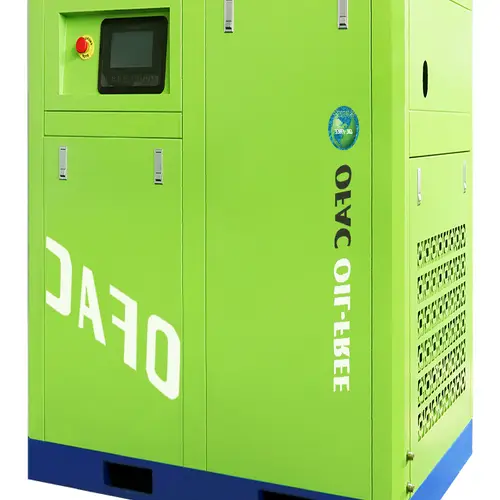
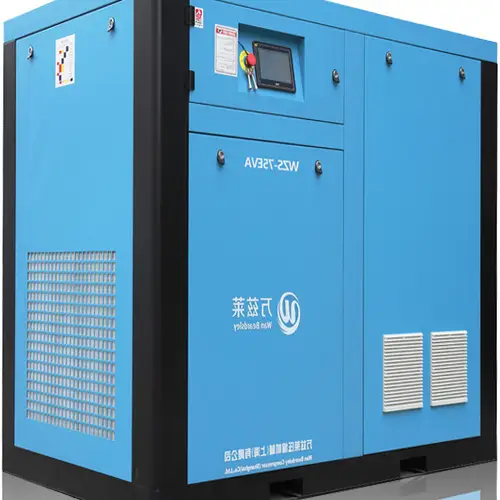
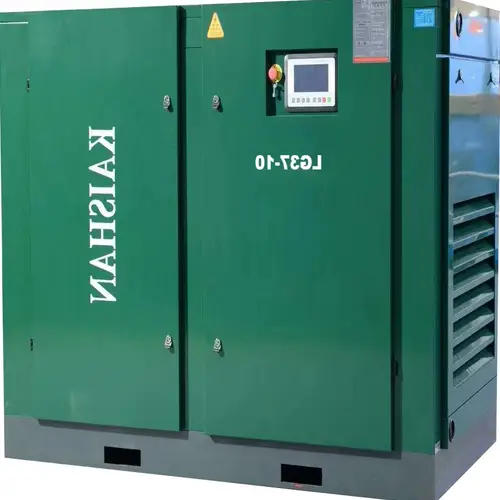
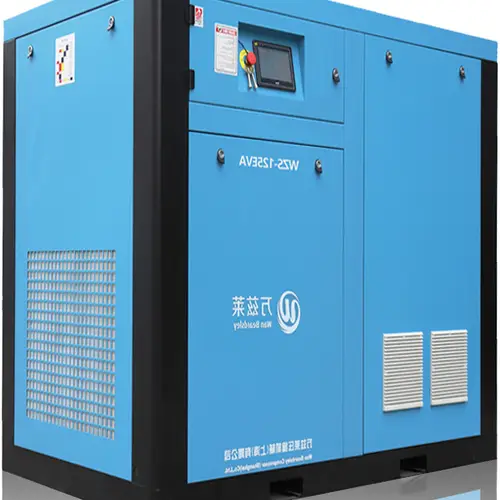
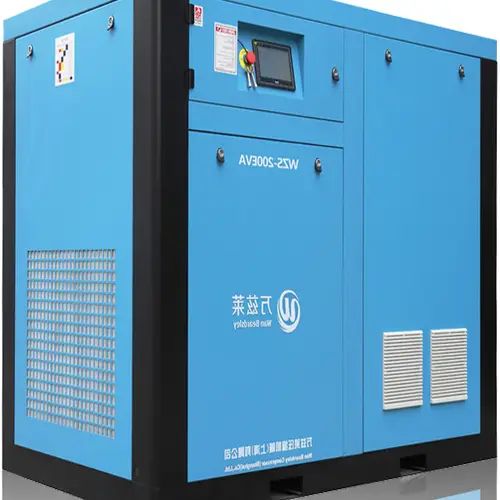
.webp)
.webp)
.webp)


.webp)
.webp)
.webp)
.webp)
.webp)